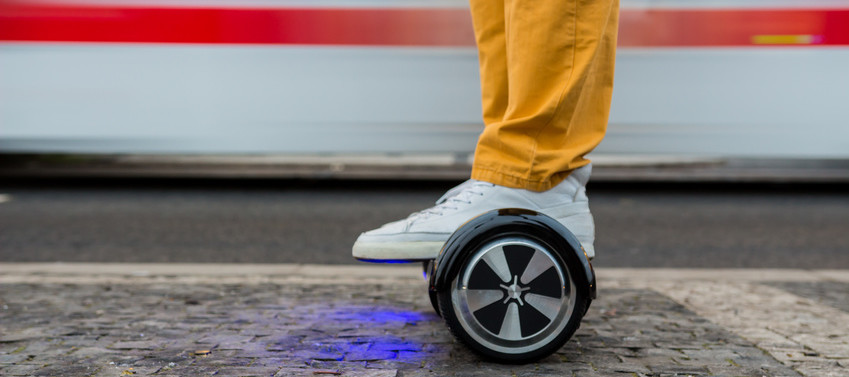On Cyber Monday last year, eBay sold one hoverboard every 12 seconds. These self-balancing electric scooters were the must-have toy of the holiday season. Everyone wanted one; that is, until they started bursting into flames.
Chinese manufacturers fiercely competed against one another, cranking out hoverboards as quickly as possible. This race led to an influx of unregulated Chinese-made products with poorly manufactured Lithium-Ion battery packs that were spotty at best and highly combustible at worst.
Finally, in May, the product safety testing and certification organization UL officially certified the first hoverboard. To determine the quality of the product, UL’s rigorous process included vibration, puncture, and drop tests as well as testing of the battery pack. Now, should a hoverboard’s charger fail or overheat, the battery pack will just stop working rather than spontaneously combust.
Today, more and more hoverboard companies are having their products tested and certified by UL. Some Chinese-made hoverboards are still floating around the American market, though, and consumers are being advised to check for the holographic UL certification sticker to ensure that their purchase is safe and legitimate.
The most recent hoverboard product recalls include models under the brand names Wheeli, 2Wheelz, Hover Shark, Back to the Future, NWS, Mobile Tech, X Glider, X Rider, Smart Gear, Vertigo, and Xtreme. These, like earlier models, pose the risk of smoking, catching fire, and/or exploding.
To help consumers distinguish between safe hoverboards and the dangerous duds, websites are compiling continuously updated lists of UL certified products. On UL’s own website, one can find a directory of UL certifications as well as a free webinar on the new hoverboard standard and additional information about the certification process.
Furthermore, UL is dedicated to stopping the spread of counterfit products by supporting law enforcement agencies in seizing items with fake UL stickers.

No comments yet.